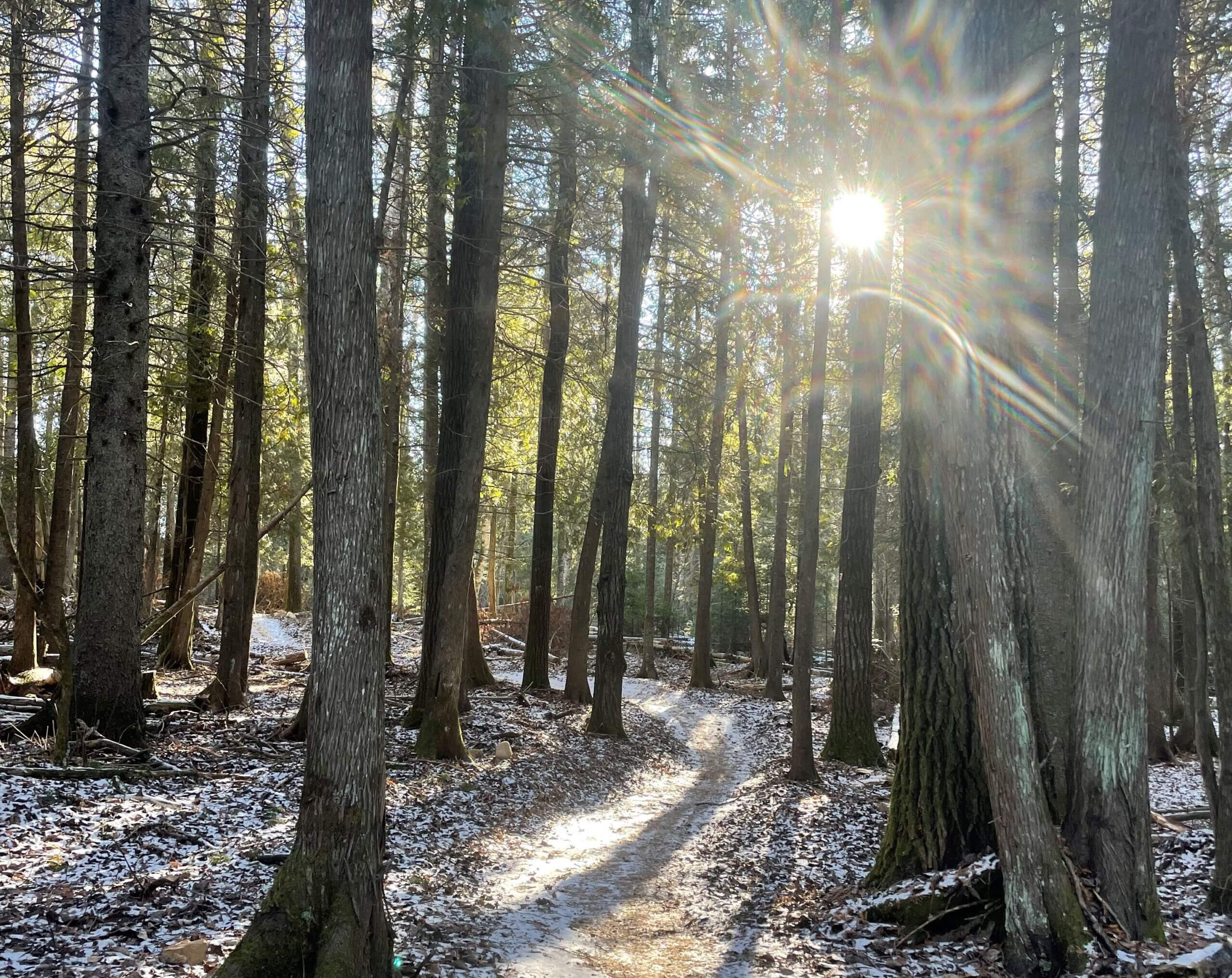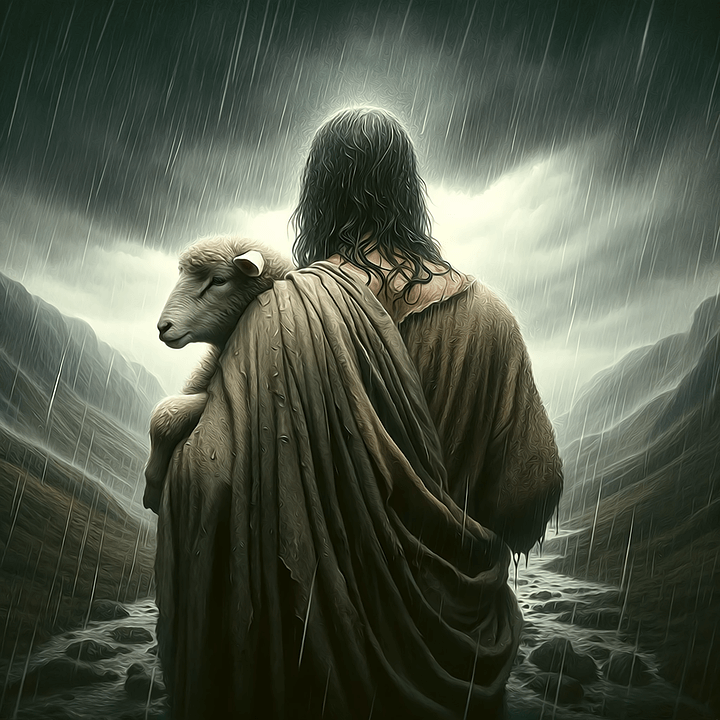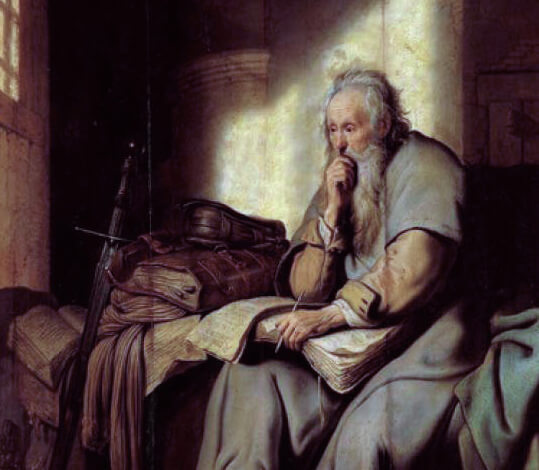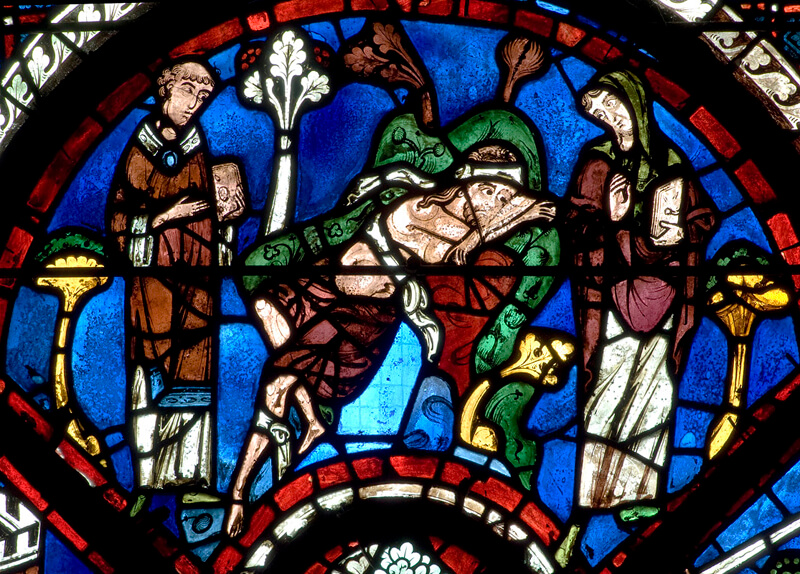2019.08.04 Holy Trinity
Transfiguration – A visit with dragons
Peter Haresnape
Readings: Psalm 99, 2 Peter 1:16-19, Luke 9:28-36, The Peace of Wild Things (Wendell Berry)
A few weeks ago I met up with Tim, a friend from Christian Peacemaker Teams who I haven’t seen for several years. As we caught up on our lives we compared our networks of Christian activists and peacemakers, noting the connections, discussing the mentors and inspirational people we interact with. Tim referred to ‘holding the dragon close’. He explained that a dragon is an influential and powerful person in your life who is somewhat dangerous.
He described Steve Jobs, founder of Apple as a classic dragon, reputed to generate a ‘reality distortion field’. For those who worked closely alongside him, insurmountable problems suddenly seemed possible. Tim had also known Christian Peacemaker Teams founder Gene Stolzfus. I only met Gene once, but it was a meeting that led to me going to Palestine and then training with CPT, and then coming here to join the Indigenous Solidarity Team. All of this without really stopping to think ‘can I do this?’ Meeting Gene allowed me to postpone asking that question until after I had accomplished each step, and when I look back now, I have no idea how I did it. I know that others have similar stories.
Tim’s description of ‘holding the dragon close’ resonated with other relationships in my life. It can be exhilarating being close to a dragon, someone with spiritual charisma and gifted imagination. They can inspire and mobilize, sharing amazing insights and gifts of generous presence. But it is also perilous. A dragon can lure you into situations without boundaries, where you stop treasuring your limitations, or lose your perspective, where you can burn out all-to-easily. And dragons are always, at the end of the day, actually human, sometimes all-too-human, and whatever fragile ego or personal failing can splinter and hurt you, too.
Perhaps you can think of other figures that history remembers accomplishing great things, but that we all know would have been really hard to work with. Dorothy Day, Martin Luther King, Saint Francis and my personal favourite, Margery Kempe. I’m reliably informed that Jean Vanier was an excellent founder for the L’arche Community but not always easy to live with. Add any number of other saints, martyrs and busybodies you care to name.
It takes a saint to live with a martyr, and a martyr to live with a saint.
I believe that one of the reasons we are attracted to these dragons is that they have the gift to reveal something of the hidden genius that God placed in each of us, the excellence that we are capable of, and perhaps also the drive to accomplish and prove ourselves worthy. And they also bring up our insecurities and failings.
I suspect, though, that the most common dragons we might encounter are those that obscure the goodness that God created. They are the people who excuse violence and suppress creativity and slur the image of God in neighbour and stranger.
It is easier each day to see people being transfigured into hate-fuelled and death-dealing destroyers. Yesterdays’ report of white supremacist murders targeting Hispanic Americans in an El Paso Walmart reveal the truth of the racist rhetoric and policies. They too have their inspirational figures. The alleged manifesto of yesterday’s mass shooting admiringly referenced other recent mass murderers. The language used to describe human beings is gut-wrenchingly familiar to anyone who hears the language used by the US president. And this morning we wake up to news of another shooting in Dayton, Ohio.
We long for an outbreak of God’s vision for the world, but we are confronted by the daily news of immeasurable loss as people turn away from that vision and leave Christ bleeding out in the street.
Sometimes I struggle to interpret our world and its cruelties. Are these grievings of God’s purpose something that is new? Or are these universal features of human life? Sometimes I struggle when I read scripture. How much have human beings changed in the thousands of years since these stories were first experienced, retold, cherished, and recorded? Would our spiritual ancestors relate to our contemporary anxieties? Realistically, how much can we learn by stepping into the Biblical account, and how much can it teach us by re-reading it into our world today?
I wonder how similar are the sorrows and woes of the generation of Jesus to our time. Certainly, Jesus and his networks dealt with fear, violence and abuse of political power. And like us, they struggled to reveal another way to live, another world to build, another kingdom to come.
Jesus is thinking about the violence he will face as he travels towards Jerusalem as we open the Transfiguration account in Luke’s Gospel. In the passages surrounding he tells the disciples to anticipate his death once they arrive, although they do not seem to comprehend. Even though he continues to teach and heal, these chapters have a sense of urgency, of time running out.
And here in the middle he detours up a mountain to hold council with the two ancient dragons, Moses and Elijah. It is a strange story to take seriously. Are these the ghosts of Moses and Elijah? Are they time travellers? Is this a vision of the disciples or a later invention?
The simple answer is to explore their symbolic significance. Moses represents the Law and Elijah represents the prophets, so that together they join Jesus with a unified tradition of the law and the prophets. This symbolic significance is meaningful however you interpret the metaphysics. Moses, the great liberator and lawgiver, who led the people out of slavery in the Exodus relates to Jesus the teacher, the leader, and the one who will face death before the end. And Elijah the wonder-working prophet, provoker of Baal, the man that King Ahab called ‘the biggest troublemaker in Israel’ relates with Jesus the agitator and disturber of the peace, healing without a permit and carelessly seen in bad company, cunningly dodging verbal and physical traps and someone who will be taken up into heaven, even as he leaves behind his spirit for his disciples to continue his work.
Think of the many tales of mountaintop encounters with the more-than-human, with divine radiance:
When Moses came down the mountain after his encounters with God, his face would shine so brightly that it was hard for the people to look at him, and he needed a veil.
When Elijah ascended Mount Carmel he called down fire from heaven and, with the help of a little mob violence, killed the rival prophets of Baal and Asherah.
These men are dragons, and the disciples must have wondered what their appearance meant. Not long too after the Transfiguration, the disciples will offer to destroy a Samaritan village by calling down fire from heaven.
But that is not the way God’s truth is being revealed in Jesus. I remember another parallel soon to come where Jesus will invite his sleepy disciples to accompany him in a new revelation in the Garden of Gethsemane on the Mount of Olives.
Jesus appears with two dragons, and they speak of what he will accomplish. Some poisonous theologies have suggested that Jesus replaces them, but it is clear that he is joining them. They are united with him, their stories are woven in with his goals. And we who try to join him must remember that we can only understand Jesus if we embrace those who came before him.
But perhaps untangling every meaning and symbolic resonance is unnecessary. In the epistle referring to the Transfiguration the writer says ‘for we did not follow cleverly devised stories, but we were eyewitnesses’. So I will lay off the attempt to cleverly devise a meaning and accept the eyewitness account!
So what do the witnesses claim? The Epistle focuses on the voice acclaiming Jesus. It is clearer and universal, confirming Jesus as God’s chosen one, on a mission which is somehow as equally connected with the mighty Moses and Elijah as it is with the accounts of healing and restoration scattered throughout these chapters.
It is a moment glimpsing the true nature of the Christ. This is who he is, and this is what he is doing, and this is how we know him today. We understand Jesus to be united with Moses and Elijah, and with Deborah and Ruth and Daniel and Hagar, and with St Francis and Dorothy Day and Dr Martin Luther King Jr, with Wendell Berry and Jean Vanier, and maybe even with us.
In this ‘mountaintop moment’ the barriers drop, the veils flutter aside, and we see it, miraculously, we feel the connection. We need these times. We need to connect deeply with our traditions, our ancestors.
What are the mountaintop experiences in your lives? Sacred or secular, times when you have felt fully alive, connected in a new way, uncritically yourself? Where are the places in which you can peel back the grubby compromises of daily living and consider what just might be possible.
Because life is not all on mountaintops. Life is lived in fields, fens and forests, hollows and valleys, cities and towns, in stripmalls and man camps and air-conditioned corporate offices, on seaways and tundra and all alongside the teeming billions of others a-gleam with the image of the underfoot God.
And sacred spaces are endangered. The renewed protests of the last few weeks have drawn attention to the plans to build the Thirty Meter Telescope atop the sacred Mauna Kea in Hawaii. The noble, even mystical aims of astronomical science are tied into a colonial power structure that subjects all available land to a dollar valuation, disregarding the sacred nature of place.
Sacred moments, where revelation is possible, are at a premium. You can open your awareness to the whisper of God’s spirit, but it’s hard not to focus on the cacophony of crisis, drama and farce that the world at large understands as normal discourse. And sometimes it’s easier just not to be open at all, confronted with such hatred and dismay.
Mountaintop experiences are hard to come by. But scripture reminds us “We also have the prophetic message as something completely reliable, and you will do well to pay attention to it, as to a light shining in a dark place, until the day dawns and the morning star rises in your hearts.”
As we wait for that dawning, we have to live in the time between the mountaintops, not spending all our lives seeking glorious revelation or radiant truth. So we assert God’s truth, spoken by prophets, practiced by saints, and interpreted by us for this time and place.
Against cruelty, neglect and hatred, we offer the miracle of revelation, transfiguring the everyday into a glimpse of God’s joyful community. We share the ministry of the wild things of the world, finding peace to enable our ongoing struggle. We listen to the witnesses of our ancestors. We seek the wisdom of children. And we hold our dragons close. Amen.






